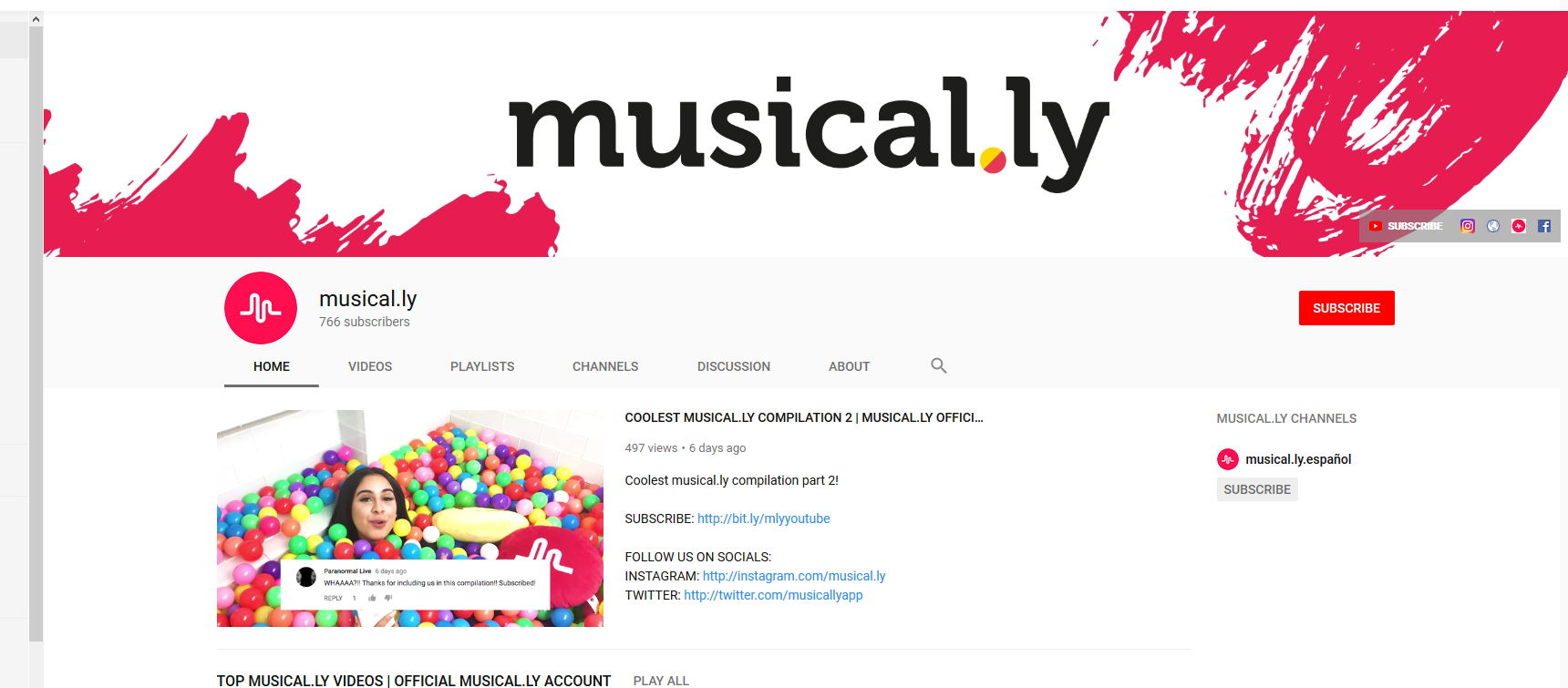The truth always comes out and it will make you look stupid.
By MediaStreet Staff Writers
In the era of fake news, less scrupulous businesses are using deceptive tactics to smear their rivals. But companies that spread fake news against their competitors ultimately experience the brunt of negative publicity and reputational damage.
That’s a key finding of new research co-authored by the UBC Sauder School of Business. The researchers examined a real-life case from 2012 in South Korea, when a customer reportedly found a dead rat in a loaf of bread made by one of the country’s most popular bakery brands. The company’s business plummeted, until a reporter discovered that a rival bakery had whipped up the fake story. Suddenly, the offending franchise found itself in the hot seat, in the media and online.
“People doubted the credibility of this firm and its management practices,” said study co-author Gene Moo Lee, assistant professor of information systems at UBC Sauder. “What’s more, the offender was a franchisee, which ultimately tarnished the reputation of the larger company. This study showed that deceptive marketing just doesn’t pay.”
The researchers examined three years’ worth of blog posts, news articles and social media exchanges, and counted how many positive and negative words were used in reference to each company.
They found that, while the fake story damaged the victim company at first, it caused far more significant and lasting damage to the firm that originally concocted the story. In fact, damage to the victim company lasted one year, while the effects for the offender lingered for more than two years.
For businesses that practice these smear tactics, the researchers caution that fake news detection technology is becoming increasingly more precise.
“Social media services like Facebook, Google and Twitter are building very sophisticated fake news detection algorithms now, which means it’s increasingly easy to be caught,” said study co-author Sungha Jang, assistant professor of marketing at Kansas State University. “Practically speaking and also ethically speaking, you don’t want to do that. Ultimately the truth prevails.”
According to study co-author Ho Kim, assistant professor of digital and social media marketing at the University of Missouri-St. Louis, the findings serve as a warning to companies to avoid using smear tactics.
“It’s a lesson we all learned in kindergarten: don’t tell a lie,” said Kim. “It’s not surprising, but a lot of people spread fake news. When it’s uncovered as fake news, it brings lasting reputational damage for the offender.”




















